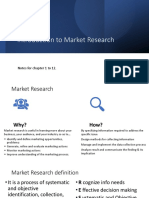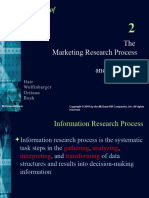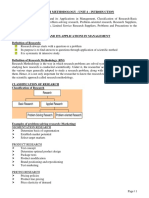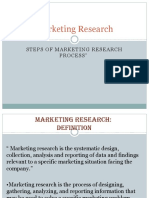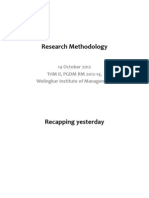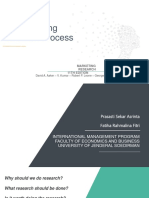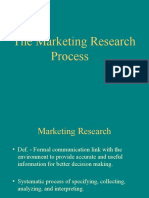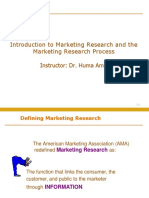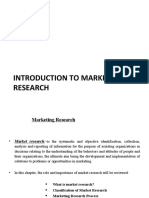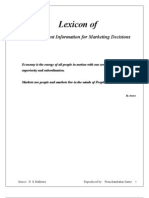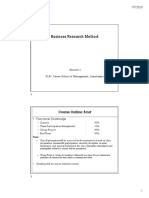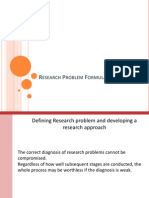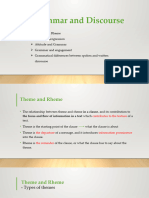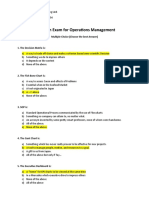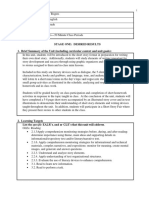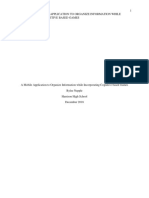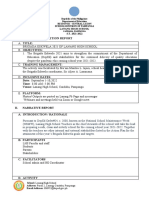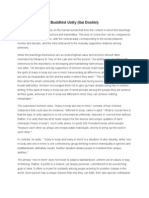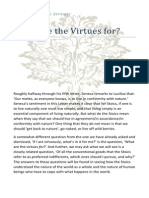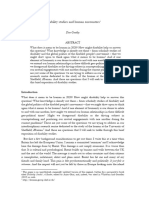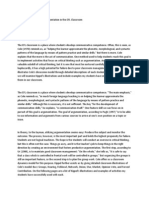0% found this document useful (0 votes)
11 views2 pagesSimplified Chapter 3 Notes
Chapter 3 emphasizes the importance of clearly defining research problems to avoid wasted resources and ensure effective decision-making. It outlines the differing perspectives of managers and researchers, the types of problems to address, and the steps to formulate a research plan. Additionally, it discusses various research designs, including exploratory, descriptive, and causal approaches.
Uploaded by
dawitkidus111Copyright
© © All Rights Reserved
We take content rights seriously. If you suspect this is your content, claim it here.
Available Formats
Download as DOCX, PDF, TXT or read online on Scribd
0% found this document useful (0 votes)
11 views2 pagesSimplified Chapter 3 Notes
Chapter 3 emphasizes the importance of clearly defining research problems to avoid wasted resources and ensure effective decision-making. It outlines the differing perspectives of managers and researchers, the types of problems to address, and the steps to formulate a research plan. Additionally, it discusses various research designs, including exploratory, descriptive, and causal approaches.
Uploaded by
dawitkidus111Copyright
© © All Rights Reserved
We take content rights seriously. If you suspect this is your content, claim it here.
Available Formats
Download as DOCX, PDF, TXT or read online on Scribd
/ 2









